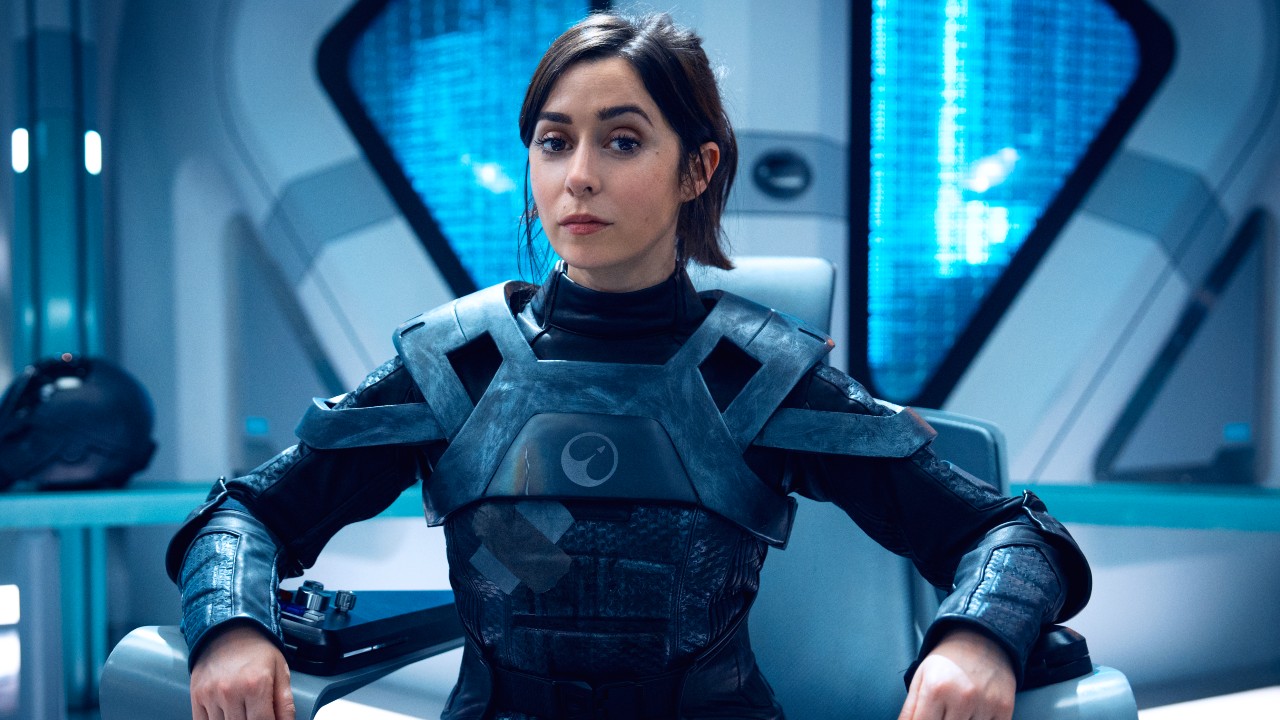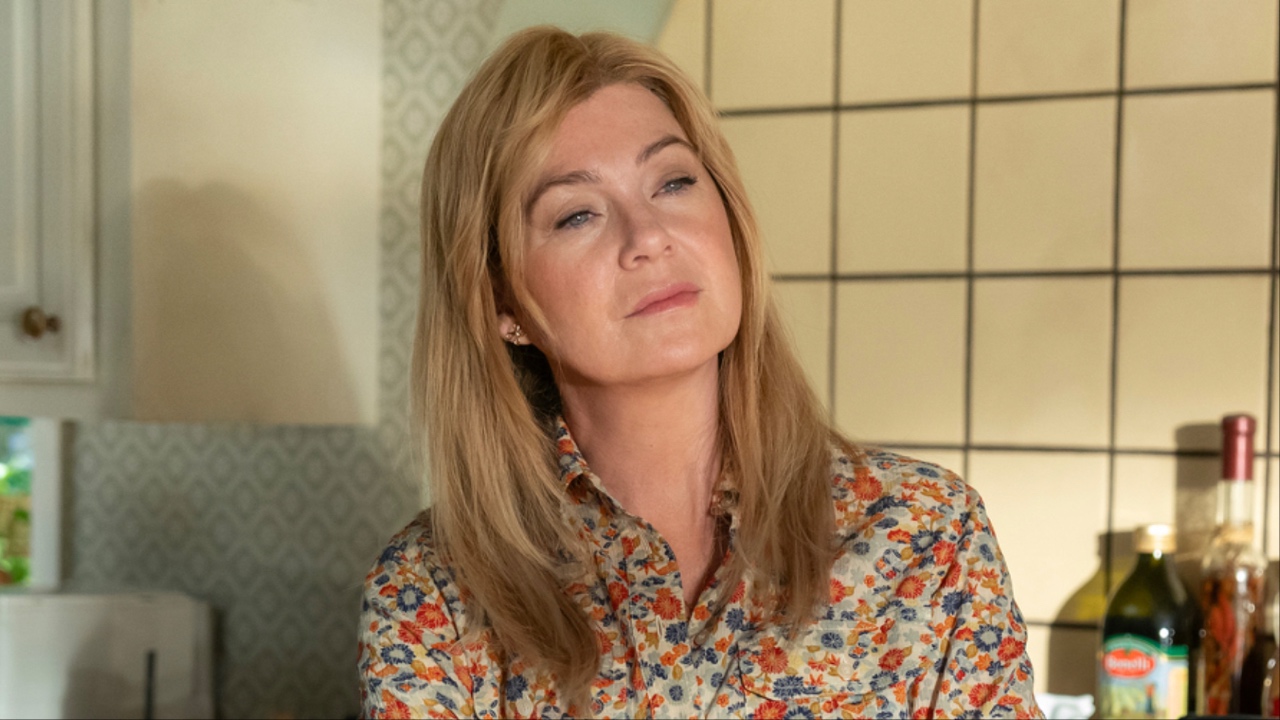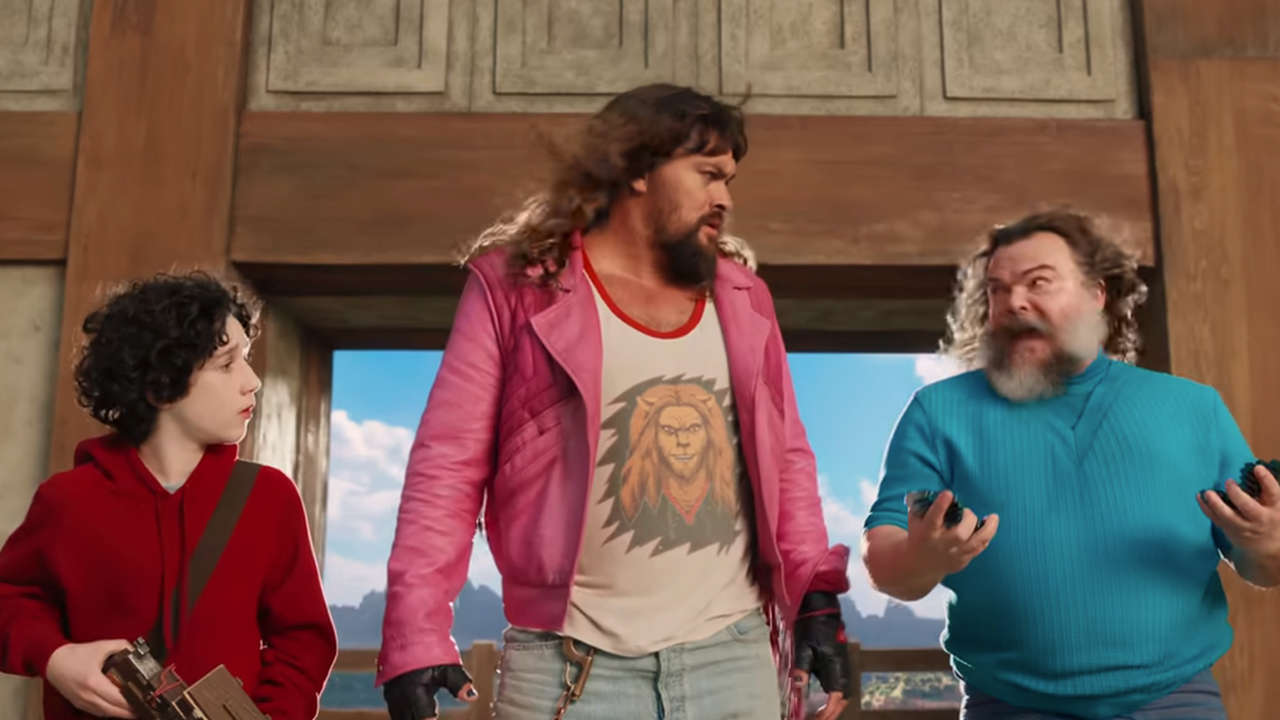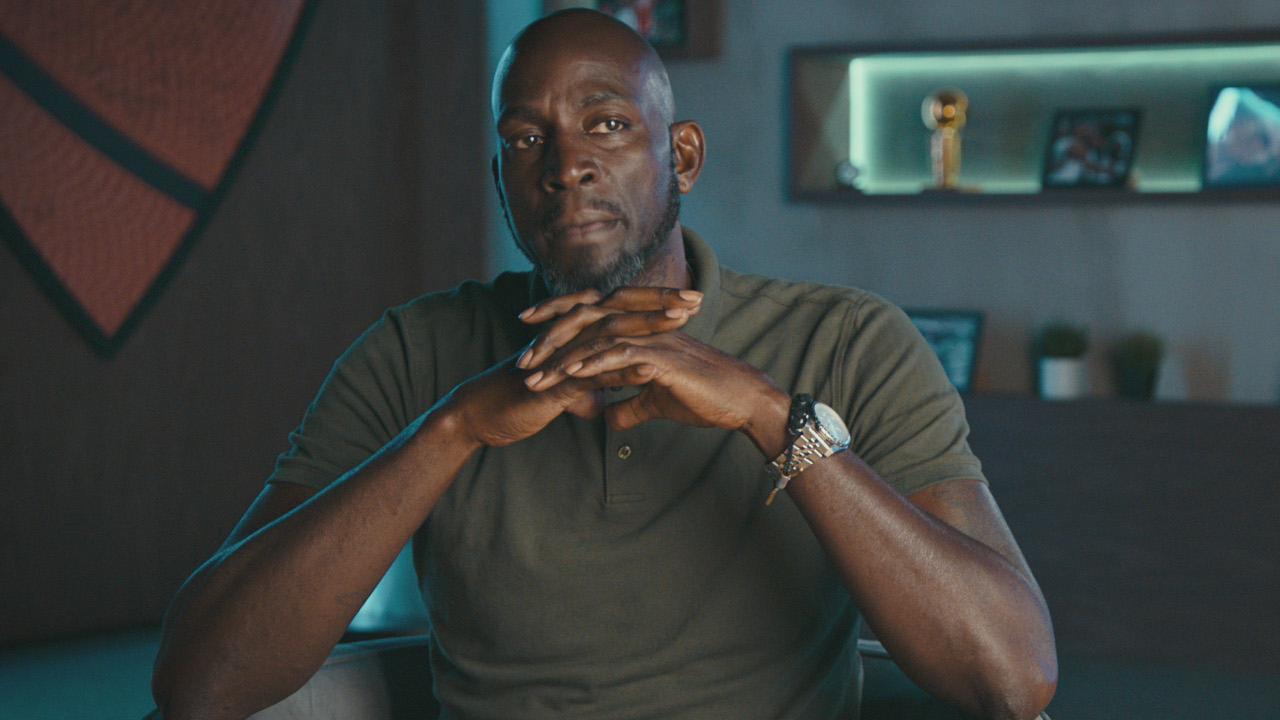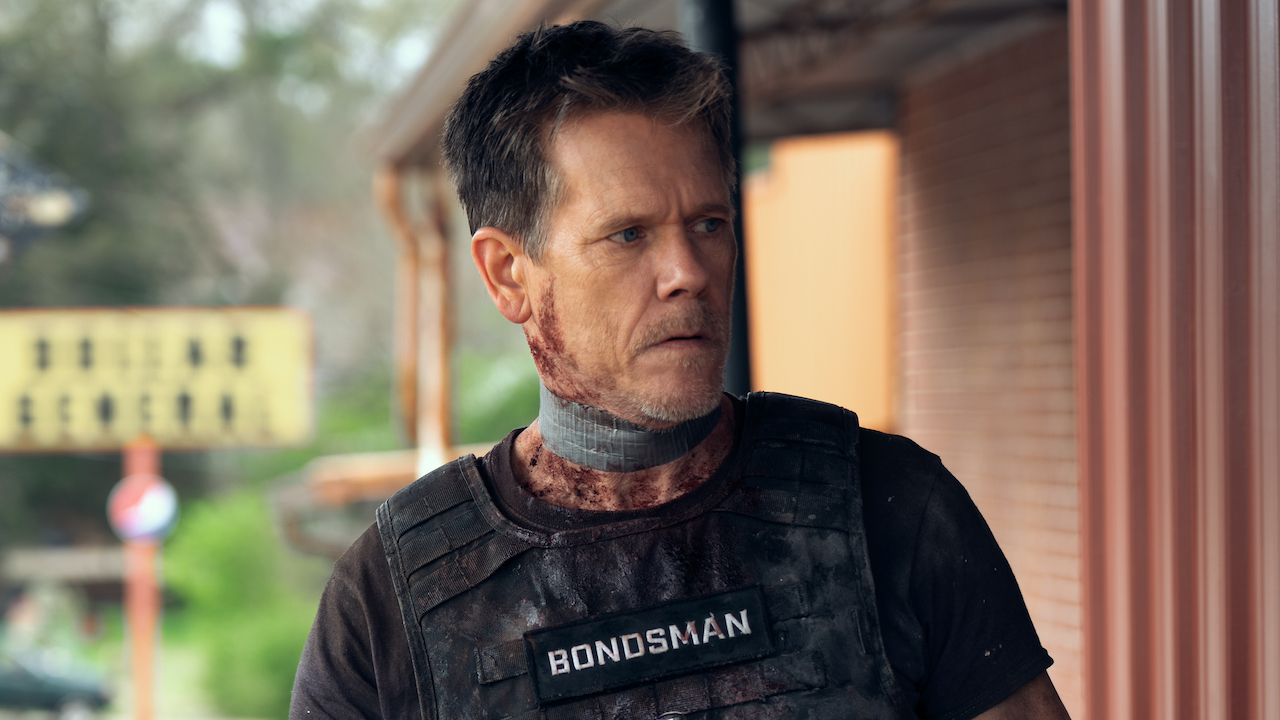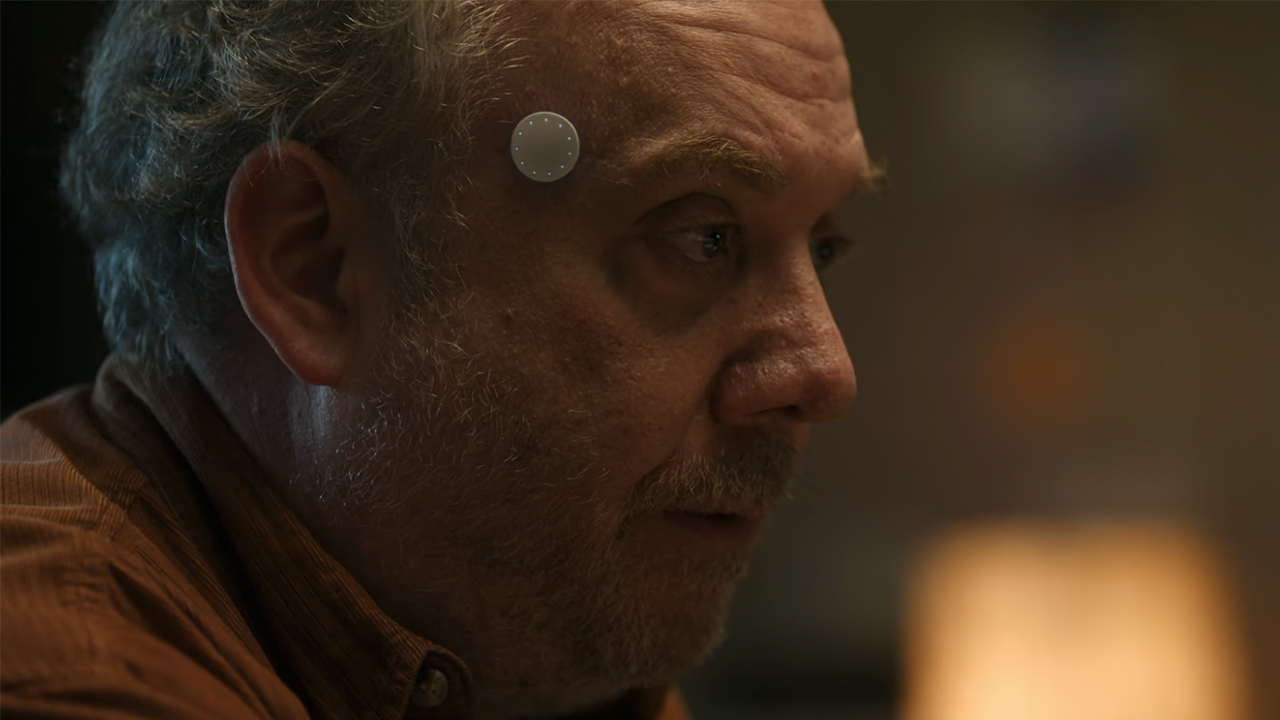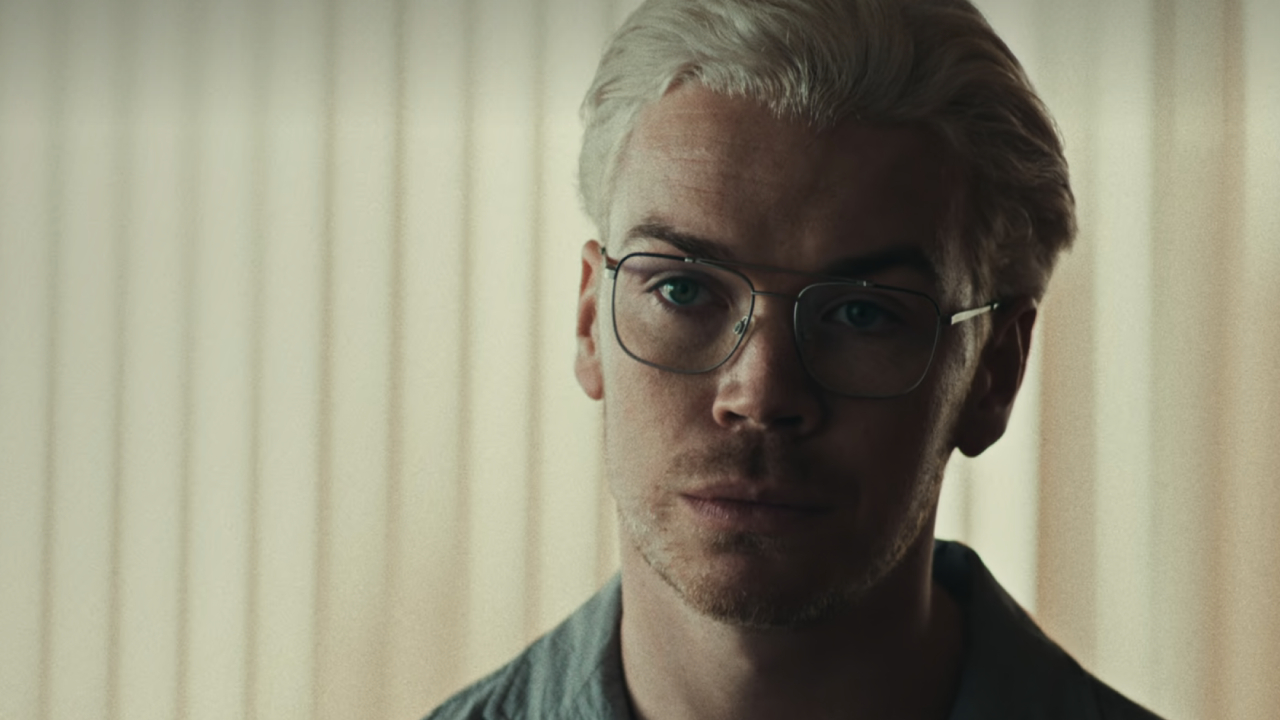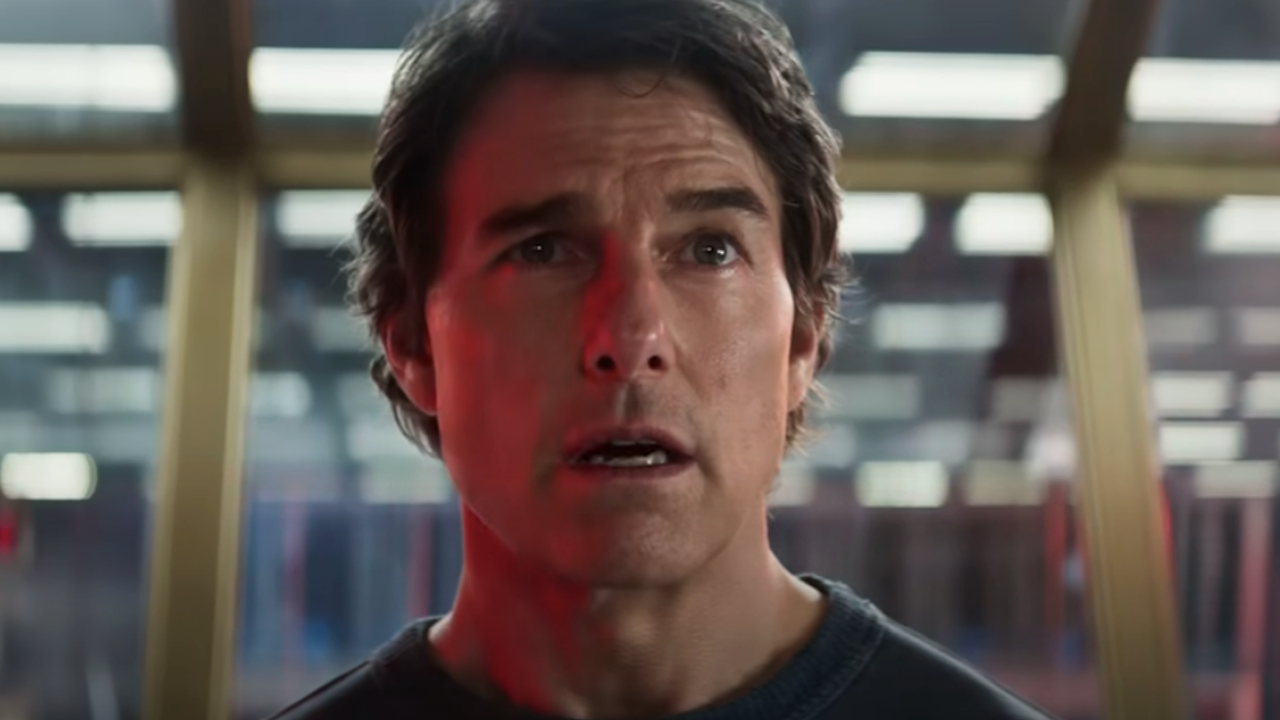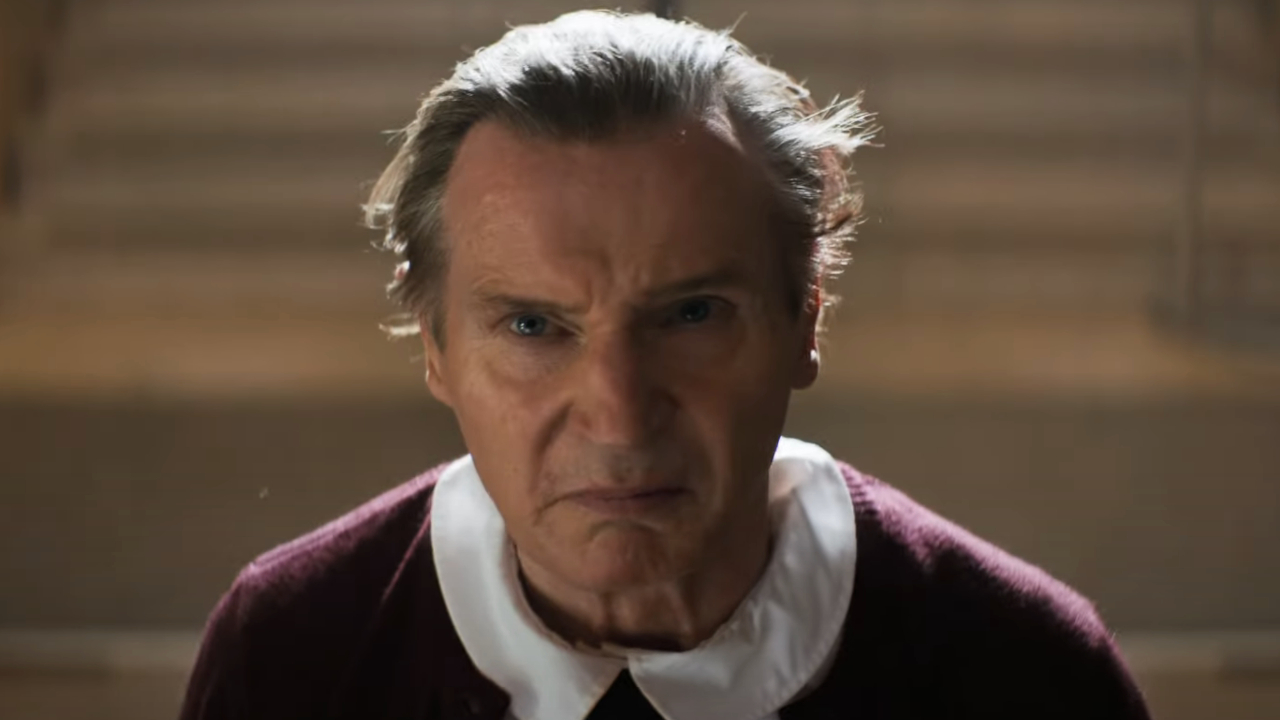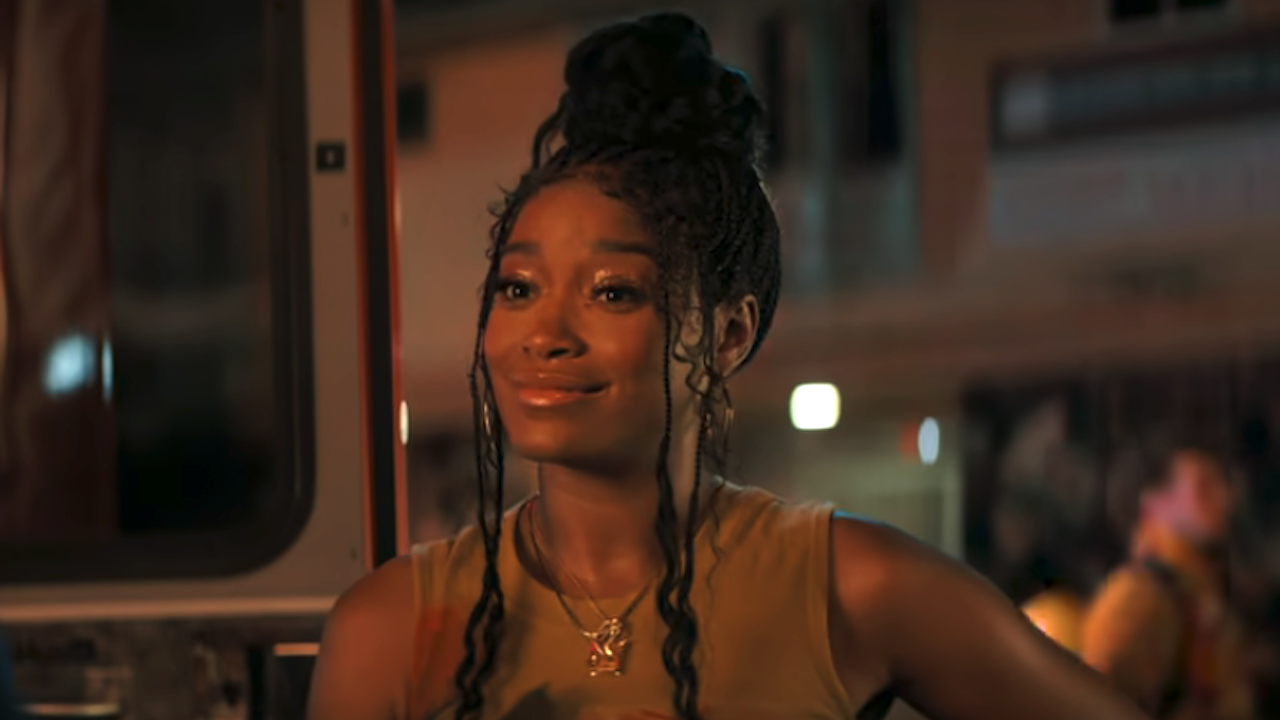Adapting Stephen King's Big Driver: The 2014 Lifetime Movie That Feels Like A GPS Device Commercial
Starring Maria Bello, Anne Dowd, and Olympia Dukakis.
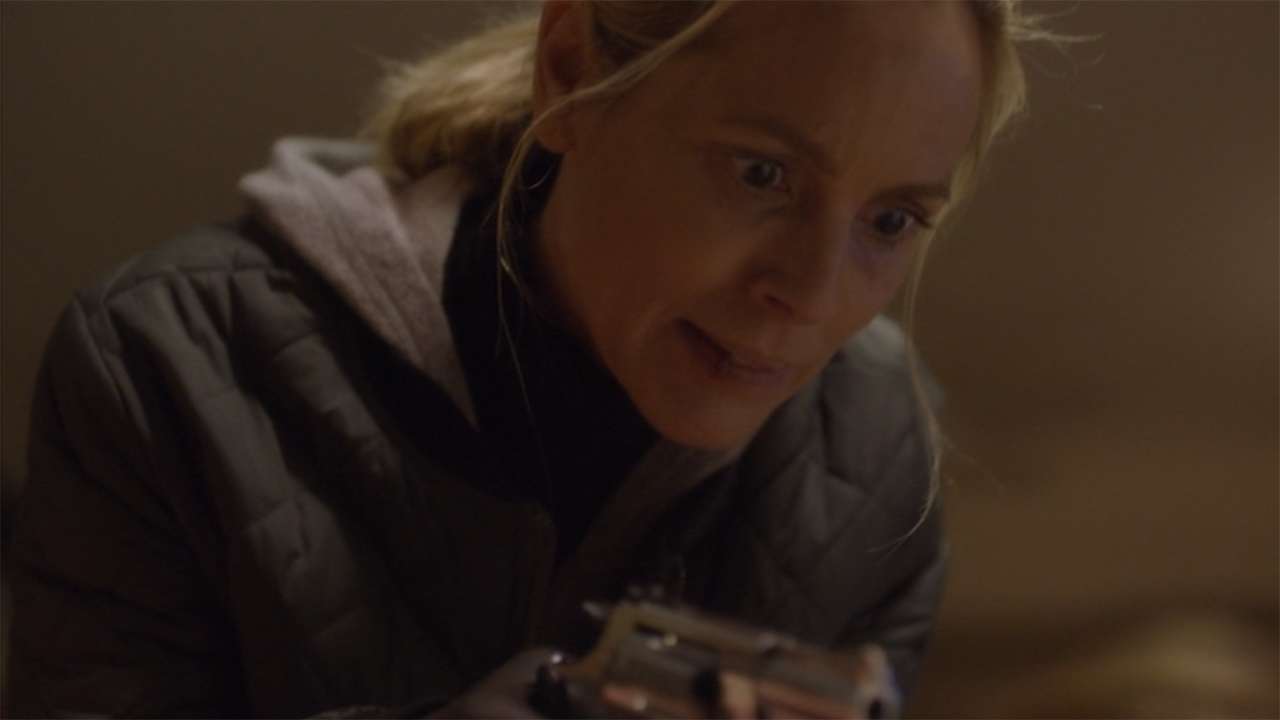
When a Stephen King adaptation goes into development with filmmakers involved who have past King adaptation experience, the result is usually worthy of anticipation. Mostly this is because second and third opportunities come about following success, but it also points to writers and directors having a passion for the source material and the work of the author.
This was part of the formula behind the development of the Lifetime movie Big Driver – based on the novella of the same name from Stephen King’s 2010 collection Full Dark, No Stars.
Produced and released in a matter of months – announced in June 2014 and released in October – the producers of the TV movie hired King veterans to make it: namely Mikael Salomon, the director of the 2004 Salem’s Lot remake and two episodes of Nightmares & Dreamscapes (“The End Of The Whole Mess” and “Autopsy Room Four”; and screenwriter Richard Matheson, who adapted “Battleground,” the series premiere of Nightmares & Dreamscapes.
Unfortunately, the talent behind the camera and a cast including Maria Bello, Anne Dowd, Joan Jett, and Olympia Dukakis are unable to elevate or in any way improve what is a rote and basic rape revenge story – and perhaps the worst part of all is that there are scenes that play like awkward, cringe-y commercials for TomTom GPS devices. I explain all in this week’s Adapting Stephen King.
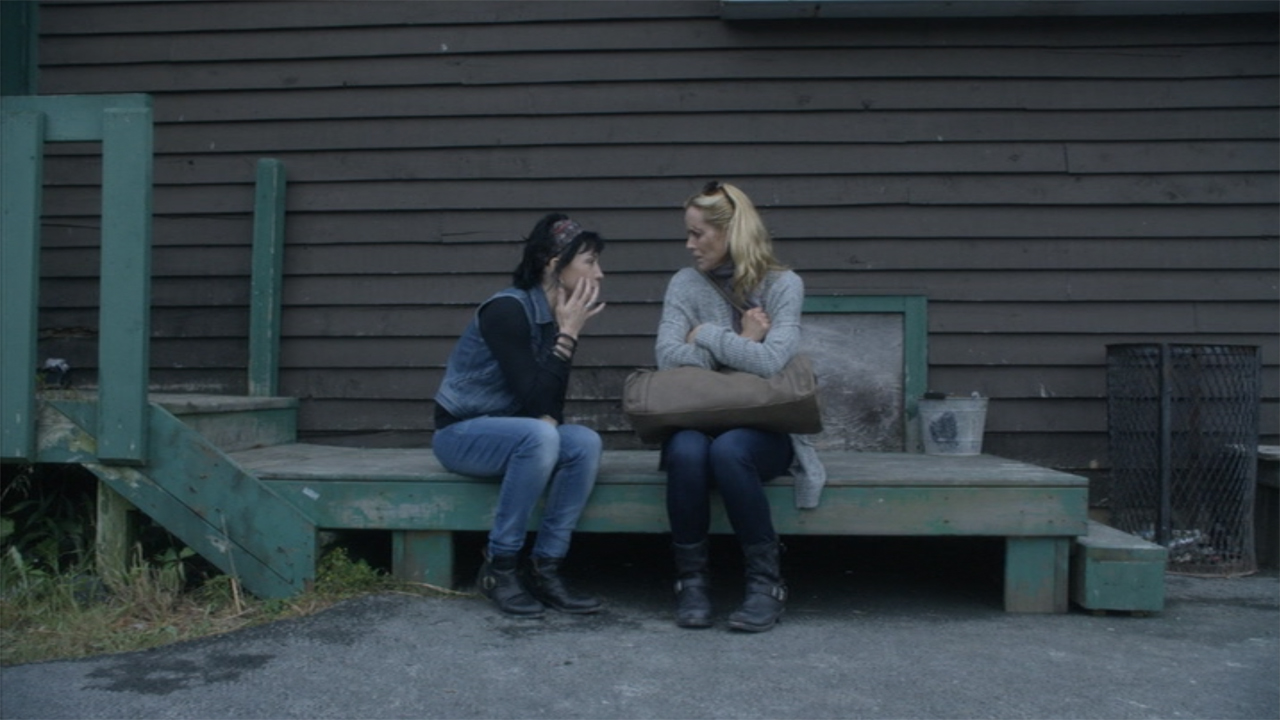
What “Big Driver” Is About
One will find many iterations of “worst case scenarios” by poring through the works of Stephen King, and that’s really the easiest way to sum up the origins of “Big Driver.” The author witnessed a casual encounter while going about his daily life, and his imagination went to an exceptionally dark place in the aftermath.
Those who at the very least know the back story behind Thinner are aware that King doesn’t always maintain the most nutritious eating habits, and in the Afterword of Full Dark, No Stars he recounts taking a break from a 2007 autograph tour in Massachusetts by driving into a rest stop and picking up a soda and a candy bar. After making his purchase, he noticed a long-haul trucker talking to a woman whose car had suffered a flat tire.
Stephen King asked the duo if he could help out with the situation, but the trucker dismissed him, saying, “No, no, I got this.” And though the writer uses the adjective “earnest” in describing the dynamic between the two strangers, the nightmare that could result from their meeting occurred to him while he was driving away, and he decided to write a novella about it.
CINEMABLEND NEWSLETTER
Your Daily Blend of Entertainment News
The woman in King’s mind became Tess Thorne, a semi-popular mystery writer best known for creating the on-going series The Willow Grove Knitting Society. Because sales of her books aren’t exactly outrageous, she supplements her income by making appearances at book clubs and libraries, and a great opportunity drops in her lap when she is invited to speak in front of a group called Books & Brown Baggers about 60 miles from her home in Stoke Village, Connecticut.
The event goes well, she gets paid $1,500, and Ramona Norville, the President of Books & Brown Baggers, even gives her directions to plug into her TomTom GPS device that cut 10 miles off of her trip back home. Tess is in a good place as she gets on the road, but everything goes to hell when one of her tires gets spiked by a piece of scrap wood with a nail in it.
She’s left stranded in an area off of the highway with no cell reception – and is only very briefly relieved when a passing pickup truck stops and pulls up alongside her car. The giant man who emerges from the cab seems kind and helpful at first… but that’s before Tess notices that there is scrap wood in the cargo bed identical to what was on the road. Her terror is instant and justified, as the man she mentally names Big Driver knocks her unconscious and rapes her in an abandoned convenience store nearby. Once he is done, he chokes her until he thinks she is dead, and leaves her body floating in a culvert with past victims.
Tess, however, is not dead, and after regaining consciousness she carefully makes her way back home. She fears the consequences both personally and professionally that could result in her reporting her rape, but she also knows that she has a duty to get justice for the women who were assaulted before her. She begins an independent investigation both into the identity of her rapist, and the circumstances that led her to be caught in his trap.
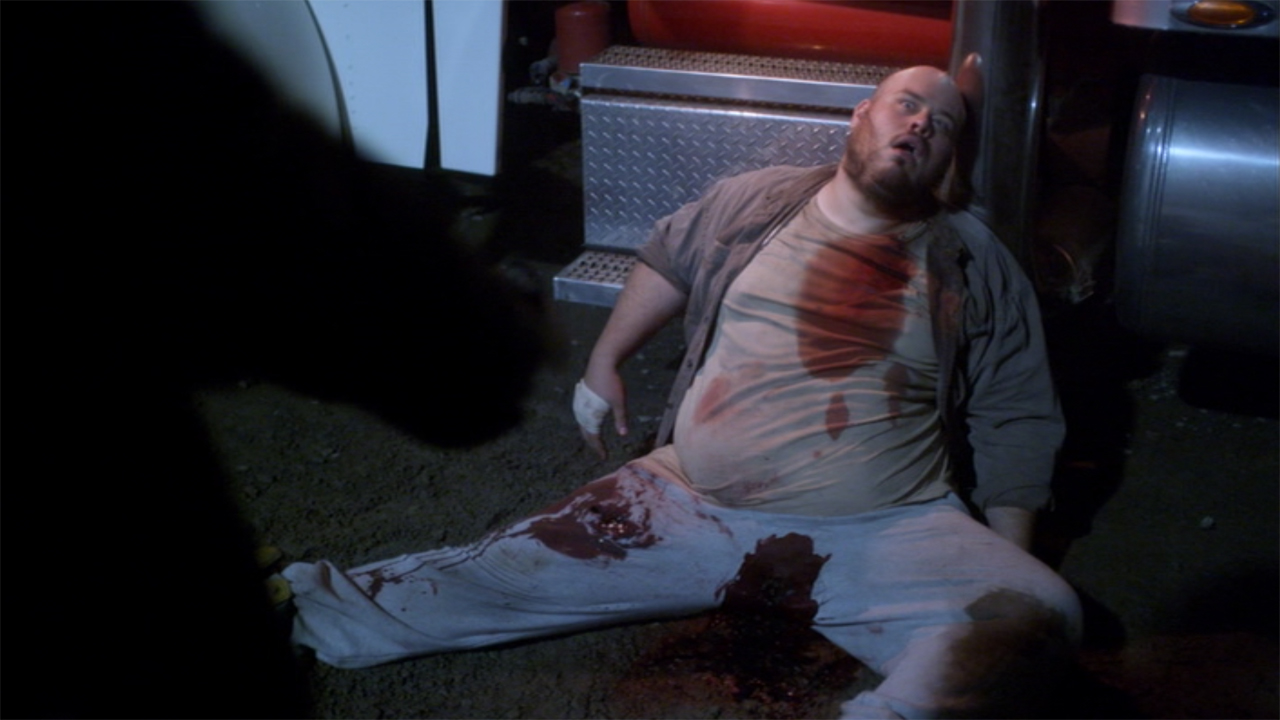
How Mikael Salomon ’s Big Driver Differs From Stephen King’s Novella
Mikael Salomon’s Big Driver and Peter Askin’s A Good Marriage – both based on stories from Full Dark, No Stars – were released within 15 days of each other in October 2014, and both had the same benefit in adaptation: novellas are perfectly sized to fill what is recognized as “feature length.” In adapting “A Good Marriage” himself, Stephen King didn’t need to expand on the source material or cut out any sequences, and Richard Christian Matheson understood that the majority of what was needed for his teleplay was already on the page.
The two versions of the story are practically identical until the end of the first act when Tess (Maria Bello) goes to a convenience store after her escape from the culvert. In the book she is able to use bathroom facilities and a payphone without actually going into the store, but the movie puts her under the harsh fluorescents and makes her deal with stares from strangers who recognize her roughed up condition. The adaptation additionally has the protagonist call her own voicemail so that she can recount what happened to her with the events being fresh in her memory.
The middle of Mikael Salomon’s movie is also overwhelmingly familiar to audiences who know the Stephen King story, though it does cut out Tess getting a meta, pop culture-centric lesson in how to execute a rape revenge plot – research that includes watching Wes Craven’s The Last House On The Left and Neil Jordan's The Brave One. The plot progresses the same way otherwise, with the vengeance-seeking heroine discovering the identity of Big Driver (Will Harris), real name Lester Strehlke, and realizing not only that Ramona Norvell (Ann Dowd) is his mother, but that she specifically set Tess up to be raped and murdered.
The most significant changes to the source material can be found in the third act, as Richard Christian Matheson simplifies the last leg of the protagonist’s journey. In the movie, Tess shoots and kills Lester’s brother, Alvin (Andre Myette), who is smaller than his sibling, and is heartbroken to think that she killed an innocent man. This, however, is proven to be a false conclusion, as she discovers that Alvin was present when she was being raped and taking photographs of her. After taking the photos and the camera – not wanting the police to discover a link between her and the Stehlke brothers – Tess proceeds to her original target, finding Lester and killing him with a bullet to the leg and the crotch following a brief scuffle in his workshop.
Tess also shoots and kills Alvin in the novella, but it’s because she is operating under the assumption that Lester is Big Driver, when in truth he is actually smaller than Alvin. She moves on to murdering her rapist, who is on the couch watching a rerun of Seinfeld when his brains get blown out, and then she sets about planning her own suicide – unable to live with the fact that she killed an innocent person. While still in Lester’s home, she pens a suicide note that is also a full confession – but she is steered off of that course with input from her intuition. She decides to investigate Alvin’s home and finds her purse under the man’s mattress, implying that he didn’t just turn a blind eye, but was involved in the crime.
Beyond the climax, the denouement is also altered. In the novella, Tess realizes that the only person linking her to the Stehlke brothers is Betsy Neal – the employee at the Stagger Inn from whom she had learned about Big Driver and Little Driver. Tess calls Betsy and starts to leave an incriminating voicemail, but Betsy picks up the phone and asks her to meet.
This meeting between Tess and Betsy (Joan Jett) is in Mikael Salomon’s Big Driver, but it’s moved to the middle of the film when the characters first meet, and Betsy doesn’t know about what’s happened to Tess before sharing her story about being raped by her stepfather as a young girl. The movie does bring Betsy back at the very end, but it’s for a much quicker beat: Tess gets a phone call while at home, and Betsy tells her, “I know what you did, Tess. Way to go, girl,” before hanging up.
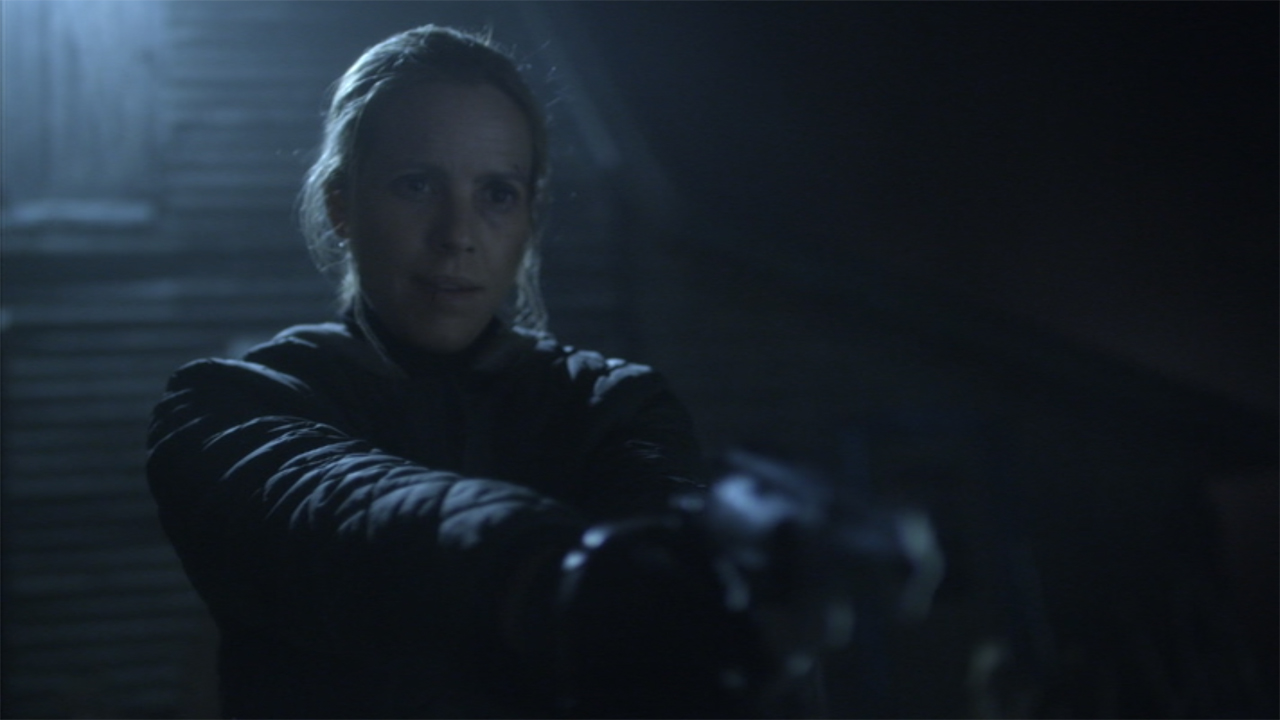
Is It Worthy Of The King?
In past installments of this feature, I’ve lauded Stephen King’s habit of nodding to the works that influence him with direct references and namedrops. In the case of Mikael Salomon’s Big Driver, however, Richard Christian Matheson made the right choice of not including a sequence where Tess does her rape revenge research, as it shines a light on the story’s biggest problem: its derivative and cheap plotting that feels overly familiar and has nothing new or interesting to say.
This opinion of Stephen King’s story covers both the novella and the adaptation, which obviously skews the “Is It Worthy Of The King?” question, but it is noteworthy that some of the movie’s more minor deviations from the source material ends up hurting the final cut.
“Big Driver” is in some ways a descent into madness story, as Tess’ mind does a fair bit of unraveling after she is attacked. This is most clearly recognizable as she starts having conversations with animals and things that can’t talk back. This includes her cat, her TomTom, the dead bodies of Lester and Alvin Strehlke, Alvin’s dog, and the fictional lead character in her books, Doreen Marquis.
This aspect of the novella is minimized in the movie. The schizophrenic behavior is introduced before Tess is attacked, suggesting that it’s just an extension of her overactive imagination. Furthermore, the number of fake conversations she has dwindles, awkwardly causing each one to stand out more. This allows more time for Tess to interact with Doreen Marquis (Olympia Dukakis), but her chats with her GPS device have the distinct vibe of a commercial for TomTom… and that’s just so, so weird given what the film’s content.
When broken down, Big Driver is a film that has weak story based on weak novella, and it’s an adaptation that minimizes the strongest narrative tool in the source material. So no, I can’t say that I recommend checking it out.
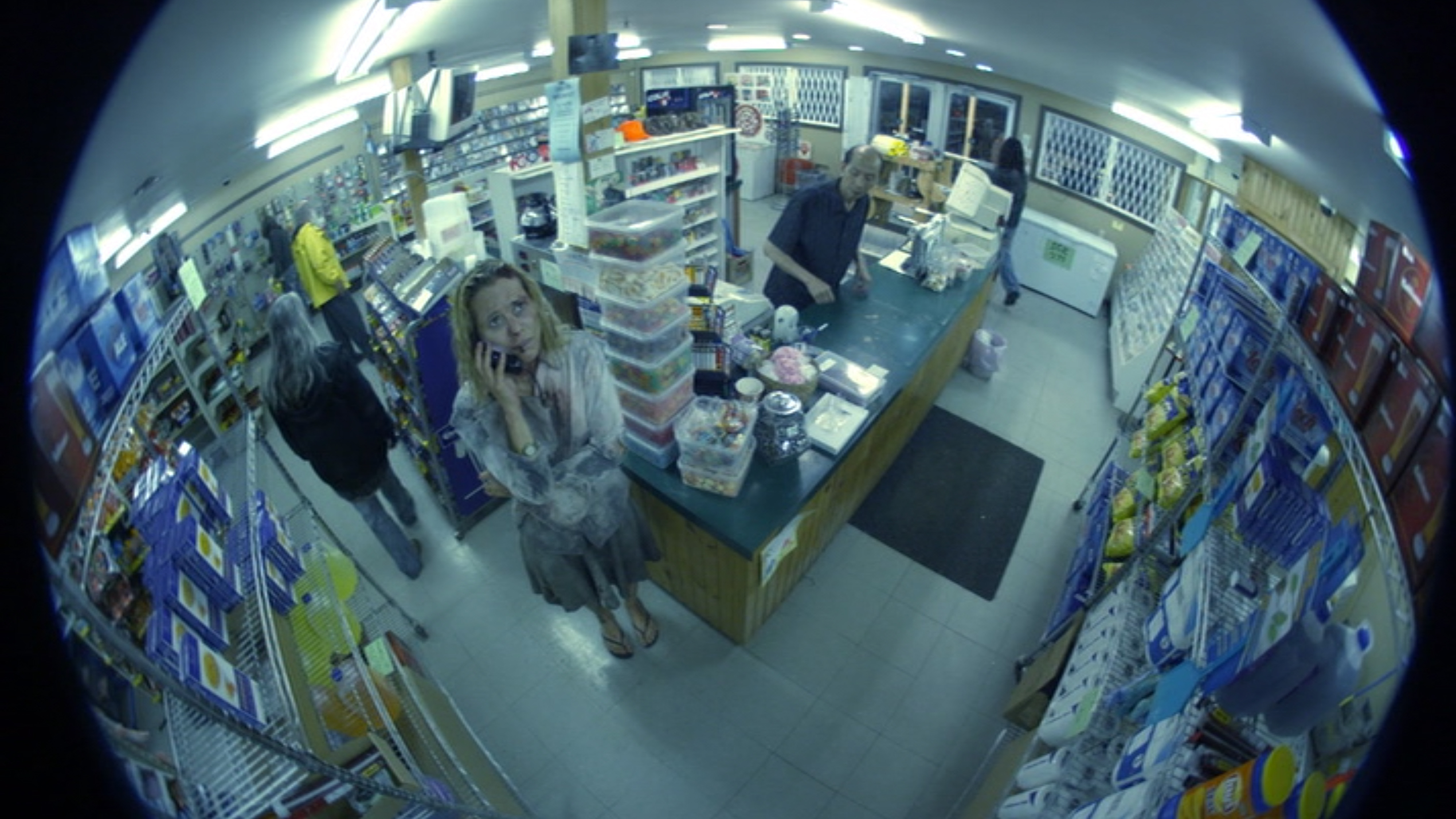
How To Watch Mikael Salomon ’s Big Driver
If you happen to be a person who watches original Lifetime programming on the regular, the Lifetime Movie Club exists, and Big Driver is one of the titles that is available to stream (you can also get a subscription linked through accounts on Amazon Prime and/or The Roku Chanel). You can rent/purchase the TV movie digitally via Amazon and Vudu, and those who are working on constructing the Ultimate Stephen King Collection will discover that it is on DVD and an inexpensive purchase.
Coming up next week, Adapting Stephen King will be moving over to the site’s Streaming section, as I will be taking a look at what was the first King project developed for a digital subscription service: the J.J. Abrams-produced adaptation of 11.22.63 on Hulu. Look for my column Wednesday, and in the meantime click through the banners below to discover all of the previous features.







Eric Eisenberg is the Assistant Managing Editor at CinemaBlend. After graduating Boston University and earning a bachelor’s degree in journalism, he took a part-time job as a staff writer for CinemaBlend, and after six months was offered the opportunity to move to Los Angeles and take on a newly created West Coast Editor position. Over a decade later, he's continuing to advance his interests and expertise. In addition to conducting filmmaker interviews and contributing to the news and feature content of the site, Eric also oversees the Movie Reviews section, writes the the weekend box office report (published Sundays), and is the site's resident Stephen King expert. He has two King-related columns.
